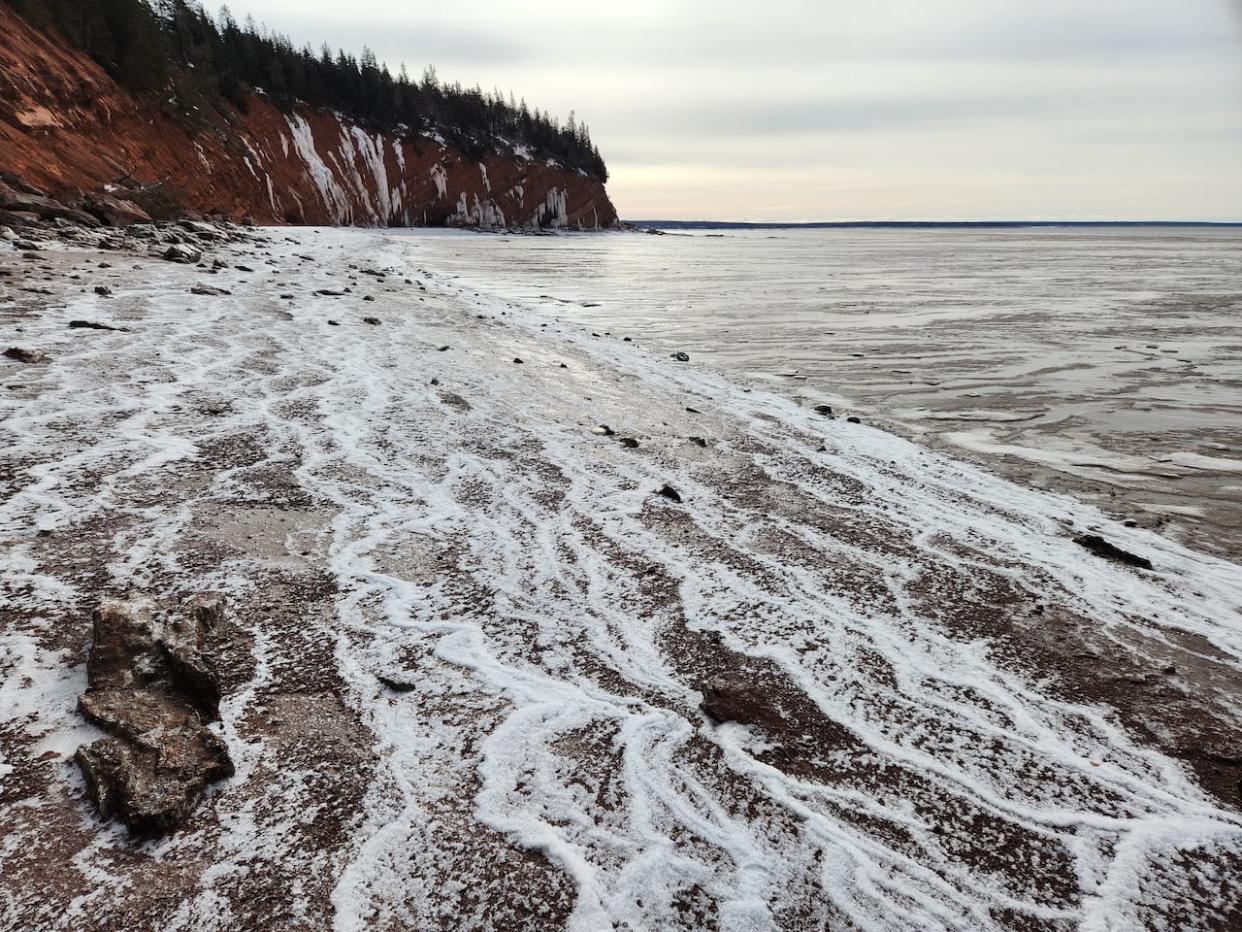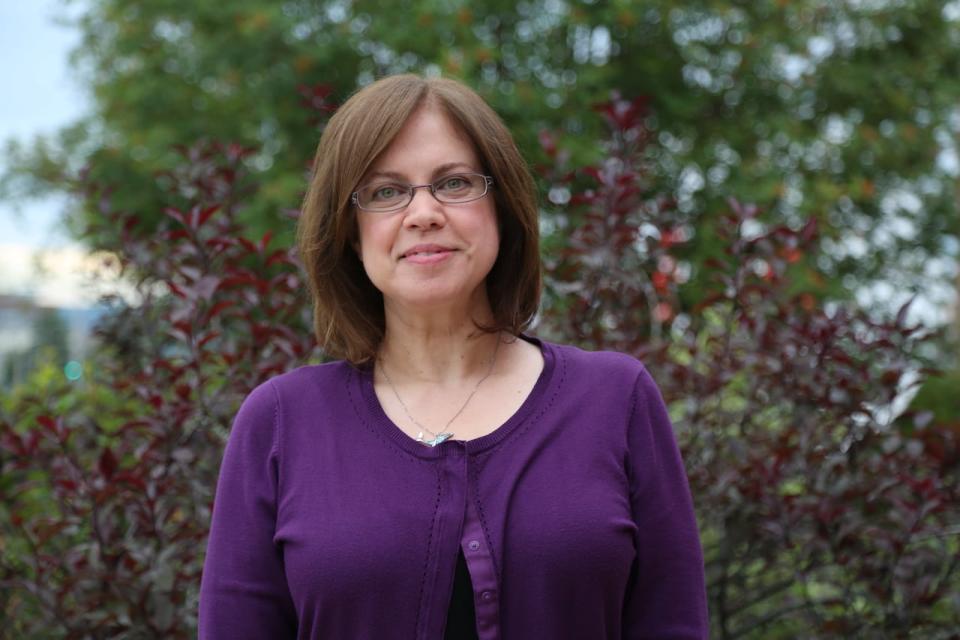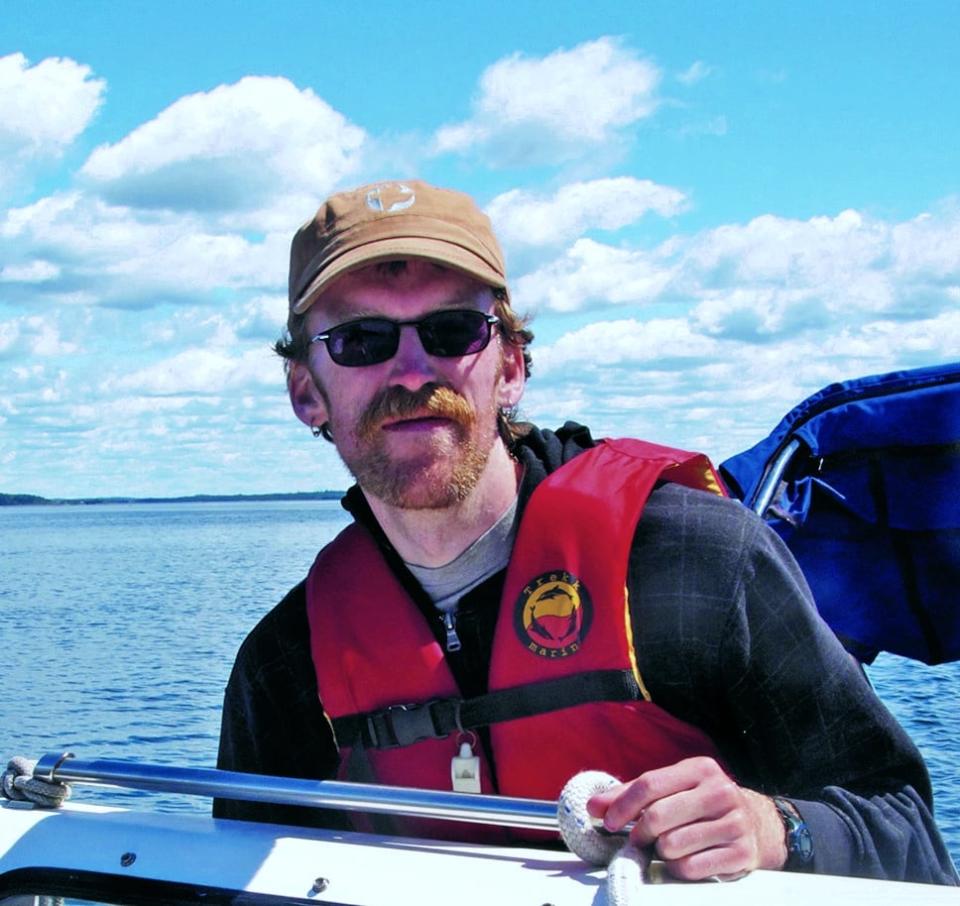New Brunswickers urged to help protect Bay of Fundy by taking part in DFO survey

Roberta Clowater of Canadian Parks and Wilderness Society is urging New Brunswickers to make their voices heard about a plan to preserve the Bay of Fundy — part of the federal government's promise to protect 30 per cent of Canada's oceans by 2030.
Clowater, executive director of the New Brunswick chapter of the non-profit conservation group, hopes people will take part in the survey and show Ottawa there is public support for legally protecting the waters of the Bay of Fundy and the Scotian Shelf.
The survey results will contribute to a plan in which parts of the Bay of Fundy would be designated as marine protected areas — a legal boundary that permits some activities in the area and prohibits others. In these protected areas, lobster fishing would still be permitted, but drilling, mining, digging, dredging and other harmful activities wouldn't, said Clowater.
"Participants could have a big influence just on making sure that areas get protected, that these areas stay strong and that we actually get protected areas in all of these parts of the Bay of Fundy," she said.
"This is the only way it'll actually happen — if they know that there's public support. That's what the decision-makers need to know when they go out to public consultation."

Roberta Clowater, executive director fof the New Brunswick chapter of the Canadian Parks and Wilderness Society, says this is a 'magic moment' with the government seeking public input. (Maria Jose Burgos/CBC)
The survey is a public engagement effort by the Department of Fisheries and Oceans. The results will be included in a final marine conservation plan, according to the survey website.
The plan identifies six proposed conversation sites on the New Brunswick side of the Bay of Fundy, including:
Chignecto Bay, which includes Shepody national wildlife area, Johnson's Mills protected natural area, Hopewell Rocks and the Grindstone Island nature preserve.
Salmon Rivers, from the outflow of the Big Salmon River to Matthews Head in Fundy National Park; the site includes outflows of the Big Salmon River and Little Salmon.
Horse mussel aggregations in the Bay of Fundy between New Brunswick and Nova Scotia.
West Isles and passages off southwest New Brunswick, also known as the Fundy Isles.
Long Eddy, off the northern tip of Grand Manan.
South Grand Manan.
The survey is open to public participation until June 29. Clowater says a final plan is expected in December.
A magic moment in time
Matthew Abbott, marine conservation director and Fundy baykeeper with the Conservation Council of New Brunswick, welcomes the opportunity for public input and says the key ecological areas are represented well in both the survey and the current plan.
"I think the survey is a great tool," he said.

Matthew Abbott, Fundy baykeeper and marine program co-ordinator at the Conservation Council of New Brunswick, says the survey is a way for the public, through written comments, to share their expertise. (Conservation Council of New Brunswick)
"It's one of the tools an agency like the DFO can use to gather information from the public. It's relatively quick and it helps to better understand public priorities and concerns and also of both priority areas and values, like, what they want to see conserved and why they care about the Bay of Fundy or the Scotian Shelf."
Abbott also sees the survey as a way for the public, through written comments, to share their expertise.
"The current plan didn't come out of the blue," he said.
"It was based on years of scientific research and discussion with folks who study the ocean, who work on the ocean. It's really important to get public feedback because there's expertise everywhere in our community."
Clowater agrees and says this is a "magic moment" in time and hopes the public doesn't miss it.
"The worst thing that could happen is if they don't hear an awful lot of input from the public and they'll say, 'Well, why did we even go out and ask?'" she said.
"We really want people to get out there and support these areas and if they have local knowledge about these areas ... That's gold, and information that DFO can use to show not only does the public support it, but they have a lot of local knowledge that's really valuable to what happens next with these areas."

